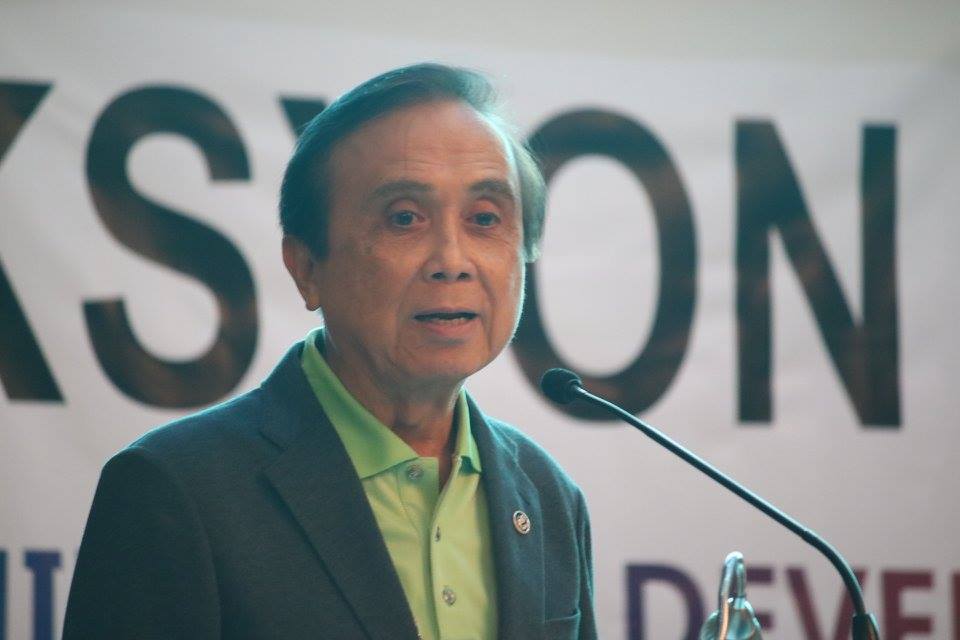
MANILA — The strong growth of the Philippine economy in 2017 shows its intrinsic strength and bodes well for the Bangko Sentral ng Pilipinas’ (BSP) inflation-targeted framework.
The statement was made by Bangko Sentral ng Pilipinas (BSP) Governor Nestor A. Espenilla Jr. following the release of the country’s 2017 gross domestic product (GDP) report on Tuesday.
National Economic and Development Authority (NEDA) Director General and Socioeconomic Planning Secretary Ernesto Pernia announced that growth, as measured by GDP, rose by 6.6 percent in the last quarter of 2017, bringing the full-year growth at 6.7 percent.
GDP was driven primarily by the industry sector, which rose 7.3 percent, followed by the services, 6.8 percent, and agriculture, 2.4 percent.
The average growth last year is still within the government’s 6.5-7.5 percent target for the year.
However, the fourth quarter growth is slower than the upwardly revised 7 percent in the previous three months.
Despite the slower domestic output in the last quarter of 2017, Espenilla said this remains strong, calling it “the underlying strength of the economy that rests on increasingly balanced foundation.”
“This gives BSP ample policy space to stay focused on meeting its inflation target and pursuing ambitious financial sector reforms,” he added.
BSP has set the 2018-2019 inflation target between 2 to 4 percent, with the average inflation seen to average at 3.4 percent this year and 3.2 percent next year.
In 2017, inflation averaged at 3.2 percent.
This “within target inflation rate” backs monetary officials’ confidence of keeping the central bank’s policy stance for a long period now.
Analysts, however, forecast a hike in the BSP’s key rates starting in the second quarter this year given the expected inflation uptick, as a result of higher excise taxes on fuel, among others, due to the tax reform program.